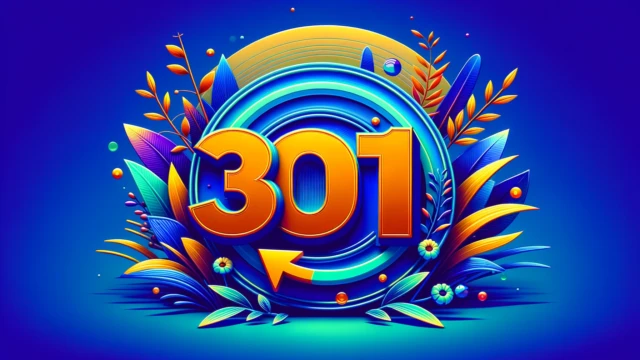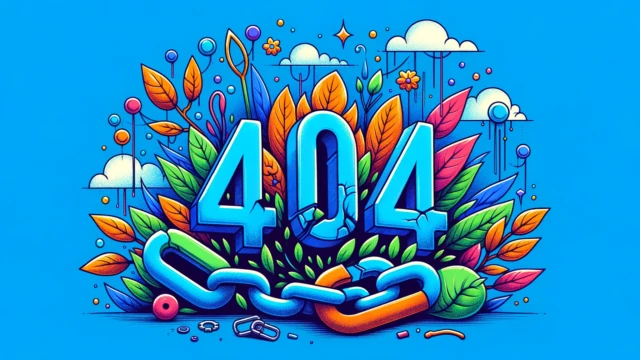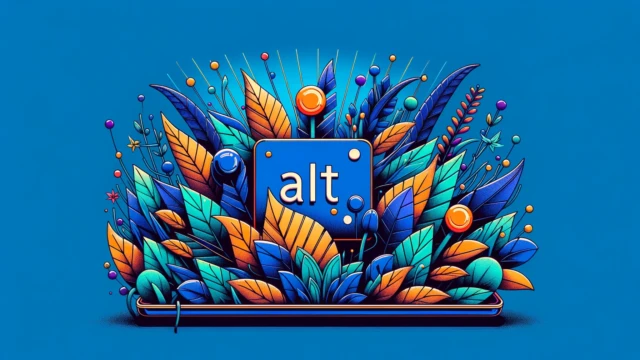Swipe files are similar to inspiration boards or lookbooks. They are a method for collecting and organizing inspiring content. Learn the basics with this quick guide.
What is a Swipe File?
A swipe file is a collection of ideas, content, and designs that serve as a reference for inspiration and guidance in creating new content or projects.
It is a tool writers, designers, marketers, and creatives use to gather inspiration, track trends, and collect ideas they can use for future projects.
What are They Used For?
A swipe file is a collection of examples, ideas, and inspiration that copywriters and marketers use to improve their work.
It is a reference tool to spark creativity, generate ideas, and study successful marketing campaigns. Swipe files are particularly valuable when crafting copy for advertisements, sales pages, emails, social media posts, and other marketing materials.
How to Create a Swipe File
Follow these steps to make your own. This is a basic process; yours will depend on your preferences, work scenario, and documentation habits.
- Set up a folder or directory: Create a dedicated folder for where you and/or your team can refer to the swipe file. Solutions like Notion or Google Drive can help you organize, share, and backup your information. Include a main document and provide any necessary context.
- Collect examples: Start gathering examples of effective inspiration from various sources. This can include screenshots, links, PDFs, notes, or whatever. Save them to your swipe file system.
- Categorize and tag: Organize your collection by creating subfolders or using tags to categorize different examples. For instance, you could have folders or tags for headlines, email subject lines, social media posts, landing pages, or specific industries.
- Include annotations: As you collect examples, add notes and annotations to highlight the compelling or noteworthy elements. This can help you remember why a particular example caught your attention and make it easier to reference later.
- Update regularly: Keep your collection updated by adding new examples regularly. Whenever you come across effective copy or marketing campaigns, take the time to include them in your digital swipe file.
Bottom Line
Remember, a swipe file is a personal collection, so feel free to customize it according to your needs and preferences. The goal is to have a readily accessible resource that inspires and informs your copywriting endeavors.
The more you watch for inspirational material, and the more you practice collecting and categorizing that, the more breadth you’ll have as a creator. Sounds nice, eh?




